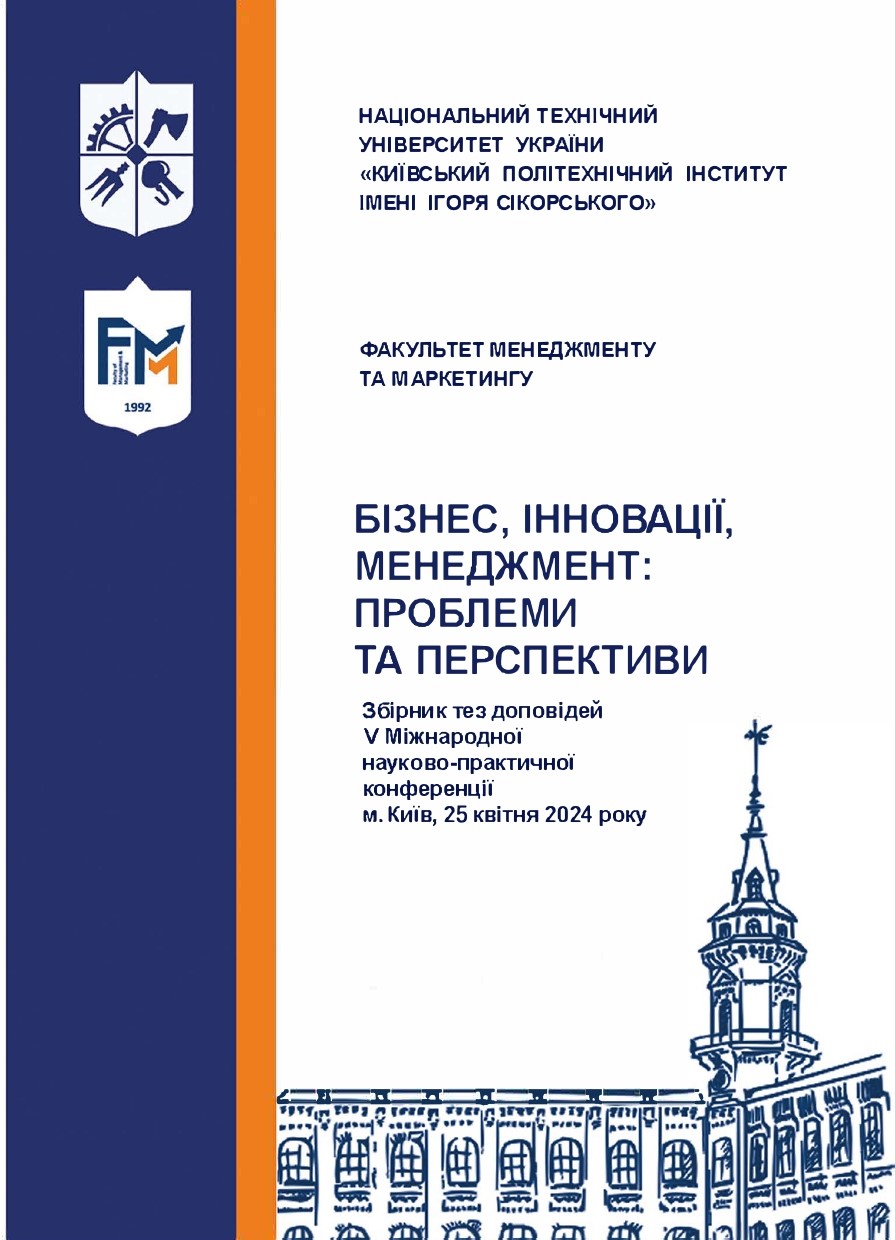THE IMPACT OF EUROPEAN INTEGRATION ON THE DEVELOPMENT OF THE EXPORT POTENTIAL OF ASIAN ENTERPRISES
Анотація
The creation of the European Union (EU) and the subsequent development of the single market has facilitated the free movement of goods, services, capital and people between member states. This integration has not only strengthened the internal market but has also made the EU a major global economic entity. The purpose of this paper is to explore how European integration affects the export potential of Asian firms.
As the EU is an important trading partner for many Asian countries, understanding the impact of European integration on exports is crucial for firms seeking to expand their market coverage. Influenced by factors such as market access, regulatory challenges, competitive environment and technological synergies, European integration has both positive and negative impacts on the export potential of Asian firms.
The origins of the EU can be traced back to the post-World War II era, with the primary goal of promoting economic cooperation and preventing further conflict. The EU has grown from a six-member coal and steel community to a 27-member political and economic union. The single market, common policies and trade agreements are key features of European integration. The single market enables the free movement of goods and services, while the common policy ensures harmonised regulation between member states. Trade agreements between the EU and non-member countries further extend the scope of the Single Market.
The Single Market provides Asian firms with a broad and diverse consumer base. By accessing the EU market, Asian exporters can capitalise on opportunities for growth and expansion. Trade agreements between the EU and Asian countries have facilitated market access and reduced tariffs.
These agreements have significantly boosted the export potential of Asian companies. Some Asian companies have successfully capitalised on the opportunities offered by the EU market. For example, the EU-Vietnam Free Trade Agreement (EVFTA), which entered into force in August 2020, eliminates more than 99 per cent of tariffs and addresses non-tariff barriers. It also includes provisions on sustainable development, labour rights and environmental protection. Benefiting from the elimination of tariffs under EVFTA, the textile and apparel industry's exports to the EU have increased by 16.7 per cent. Companies in this sector need to ensure compliance with EU regulations and standards to maintain and increase their market share [1, p.1].
While the harmonisation of regulations has simplified market access, it has also created challenges for Asian exporters unfamiliar with EU standards. Compliance with these regulations is essential for market access but can be costly and time-consuming.
Meeting EU standards often requires significant investment in quality control, certification and adaptation of products. These compliance costs can be a barrier to entry for small Asian businesses. Successful Asian exporters often invest in understanding EU regulations and standards, seek local partners for compliance assistance, and adapt their products to meet specific market requirements.
The European market is highly competitive with many local and international players. Asian companies must compete not only on price but also on quality, innovation and brand recognition. Understanding and adapting to European consumer preferences is critical to success. This may involve product customisation, marketing strategies and compliance with sustainability and ethical standards.
Some Asian companies have successfully entered the European market by adapting their products and strategies. For example, Japan's Toyota Motor Corporation has gained a foothold in Europe by focusing on fuel-efficient and environmentally friendly vehicles [2, p.1].
The economic and political stability of the EU makes it an attractive destination for Asian exporters. However, exporters must also be aware of the potential risks associated with the economic crisis and political instability within the EU.
Economic downturns and political unrest could disrupt trade and affect demand for imported goods. Asian companies must be prepared to deal with these uncertainties.
Exchange rate volatility can affect the competitiveness of Asian exports. Businesses must manage currency risk to protect their profit margins.
The EU is a centre for research and innovation. Asian firms can benefit from technology transfer and cooperation with European partners to improve their export competitiveness. Research and development (R&D) cooperation with European entities can foster product innovation, and improve quality and access to new technologies. Some Asian firms have successfully utilised technology and innovation partnerships with European firms to enhance their export potential.
For example, a joint venture between TSMC (Taiwan Semiconductor Manufacturing Company), Robert Bosch GmbH, Infineon Technologies AG and NXP Semiconductors, and the European Semiconductor Manufacturing Company (ESMC) Ltd. have formed a strategic alliance to provide manufacturing services for the automotive and industrial sectors [3, p.1].
Asian companies face several challenges in the European market, including regulatory compliance, competition and adapting to market preferences.
Despite these challenges, Asian exporters face significant opportunities to grow and expand in the European market. These include leveraging trade agreements, investing in innovation, and building strategic partnerships.
European integration has had a multifaceted impact on the export potential of Asian firms. The results show that while there are challenges, there are also significant opportunities for growth and expansion. Asian exporters should focus on understanding and complying with EU regulations, adapting to market preferences, and taking advantage of innovation and cooperation opportunities.
Further research could explore the long-term impact of the Russia-Ukraine conflict on Asian exports to the EU, the role of digitalisation in enhancing export competitiveness, and industry-specific challenges and opportunities.
Посилання
Vietnam News. (2022, September 6). Two years into EVFTA: fruitful results but challenges remain. URL: https://vietnamnews.vn/economy/1312522/two-years-into-evfta-fruitful-results-but-challenges-remain.html (date of application: 21.03.2024).
Cascade Strategy. (2023, February 23). How Toyota went from humble beginnings to automotive giant. URL: https://www.cascade.app/studies/how-toyota-went-from-humble-beginnings-to-automotive-giant (date of application: 21.03.2024).
TSMC. (2023, August 8). TSMC, Bosch, Infineon, and NXP establish joint venture to bring advanced semiconductor manufacturing to Europe. URL: https://pr.tsmc.com/english/news/3049 (date of application: 21.03.2024).

